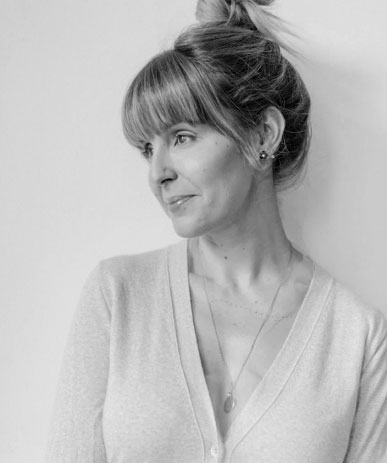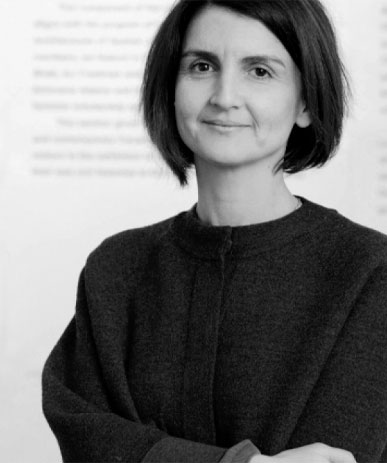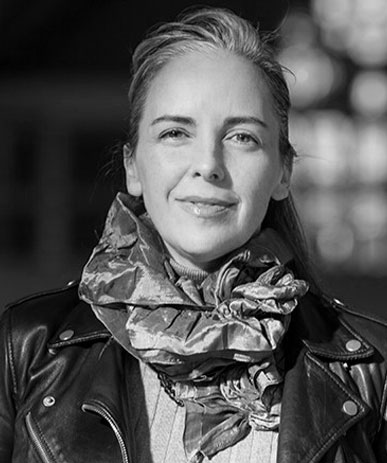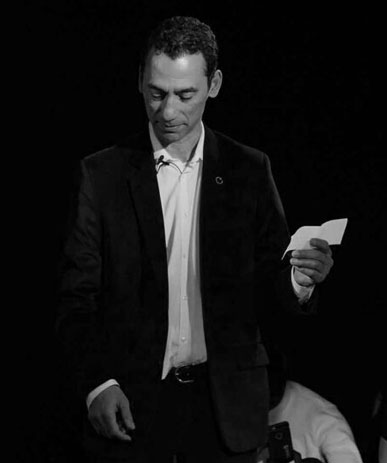CASOS DE ESTUDIO
JUSTICIA RESTAURATIVA
* Para referencias de imágenes, desplácese hasta la parte inferior de la página.
Author of case study: Greg Labrosse
Geopolitical location of space:
Montes de María
Departments of Sucre and Bolívar
Extant? Yes
Architect:
The design process was led by Centro Ático, a design studio at the Javeriana University in Bogotá, and Estudio Mapping, a multidisciplinary design studio also based in Bogotá.
The actual design began in 2013 and lasted for five years. Activities are ongoing.
The idea for the museum started in 2011 as a collaborative research project between the Línea 21 Communications Collective of Montes de María and the Narrators of Memory Collective, which included the participation of men, women and children from seven different municipalities of the region. The actual design began in 2013 and lasted for five years. The design process was led by the Centro Ático, a design studio at the Javeriana University in Bogotá, and was actively supported by several international organisations: the Spanish Agency for International Development Cooperation (AECID); the Catalan Agency of Cooperation to the Development (ACCD); the Movement for Peace (MPDL); and the Embassy of France.
The objective of the museum is to foster dialogue, reconciliation, non-repetition, and meaning-making within the communities of the Montes de María region.
It is designed as an exhibition and sharing/dialogue/learning space.
Its activities are mostly directed to the communities of the Montes de María region, but as a museum, it is open to all.
The museum is public.
The Museum defines itself as a platform for symbolic reparation where the public and political voices of the communities affected by the armed conflict in the territory of Montes de María are recovered. Montes de María is a cultural and geographical subregion of the Caribbean coast of Colombia. It covers an area of 2,677 km2, encompassing fifteen municipalities of the departments of Sucre and Bolívar. The territory has been one of the most affected by Colombia’s armed conflict. Between 1985 and 2017, a total of 3,197 selective murders, 117 massacres, and 234.098 forced displacements were registered there, as per data provided by the National Center of Historical Memory. The violence in the region stems primarily from the conflicting interests of different groups aiming to exploit the territory’s environmental wealth and its strategic geographical position.
The museum is itinerant and participatory. Its structure is made of wood, which makes it possible to disassemble and relocate. Since 2019, it has traveled to five different municipalities of the region. The total weight of the complete structure is 35 tons; it is 18 meters long, 12 meters wide and 5 meters in height. The physical structure houses the “tree of life” from which 700 leaves with the names of the victims hang; there are also testimonies of the conflict. The winged shape lateral roof emulates the flight of the mochuelo, an emblematic songbird of the region, with the purpose of giving prominence to the oral histories of the region’s victims.
The museum was created to be itinerant because this enables an active participation of the communities in its activities. As such, it aims to foster social mobilisation, public formation and visibility throughout the Caribbean region as well as other areas of the country. Its mobility makes it easier for communities to generate articulating mechanisms of self-representation and symbolic reparation, central in the construction of dignifying life projects and autonomy in the territory.
The Itinerant Museum of the Memory of Montes de María is designed as a space composed of three dimensions that form a unified whole: Territory—the particular characteristics of the geographical region; Memory—the right of the citizens to participate in the telling of their own story as a necessity of non repetition; Communication—the exercise of the right to advocate for the transformation of a territory forced to live with the burden of its tragic history. The museum, thus conceived, becomes a form of resistance to the erasing of memory, as well as a mechanism for non-repetition, by virtue of its pedagogical component, which promotes the community’s social reconstitution.
The museum’s programming not only includes a tour of the different exhibition spaces, but also presentations from local artists, singers and community groups, who add their voices to the testimonies and artifacts on display. These activities are coordinated by a large number of volunteers, mostly high school and university students from the region who have been trained as guides. The majority of the museum visitors are local residents (of all ages), but despite its relatively small scale, national and international participants have also been involved in the museum’s processes.

es autora, conferencista, columnista y podcaster en los campos de la arquitectura y las artes decorativas. Obtuvo su un pregrado en Comercio con especialización en Marketing de la Escuela de Negocios John Molson y actualmente se encuentra realizando su maestría en Historia del Arte en la Universidad de Concordia, Montreal. Además, estudió Psicología Industrial en Los Ángeles, California y es autora de dos libros sobre diseño (2015, 2018) publicados por Les Éditions Cardinal.

es colombiana, candidata a doctorado en el Departamento de Historia del Arte de la Universidad Concordia. Tiene experiencia en diseño arquitectónico y activismo comunitario y es maestra en Construcción y Diseño Urbano de la Escuela de Arquitectura Bartlett, Londres, Inglaterra. Sus intereses se centran en el arte y movimientos sociales, el activismo colaborativo en escenarios de posconflicto, el arte colectivo y el arte producido en relación con el entorno construido.

es candidato a doctorado en Humanidades de la Universidad de Concordia, enfocado en la agencia espacial, la estética social, las narrativas juveniles y las representaciones gráficas de la memoria urbana. Ha publicado sobre la relación entre los niños, el juego y el espacio público en Cartagena, Colombia. También ha trabajado como editor en proyectos literarios, entre ellos Territorio Fértil, que recibió el premio María Nelly Murillo Hinestroza de literatura afrocolombiana.

es profesora asociada y Catedrática de investigación de Canadá para la arquitectura de espacios de Justicia (Tier 2) en la Escuela de arquitectura Peter Guo-hua Fu de la Universidad de McGill University, Montréal, Canada. Se enfoca en la investigación de viviendas en entornos de bajos ingresos, diseño participativo, protesta civil, diseño urbano y paisajes y razas. Sus publicaciones incluyen el libro co-editado, Orienting Istanbul (2010) y el libro individual, Istanbul Open City (2018).

es una artista y profesora asociada y Catedrática de investigación de Canadá para la arquitectura de espacios de Justicia (Tier 2) en la Escuela de arquitectura Peter Guo-hua Fu de la Universidad de McGill University, Montréal, Canada. Se enfoca en la investigación de viviendas en entornos de bajos ingresos, diseño participativo, protesta civil, diseño urbano y paisajes y razas. Sus publicaciones incluyen el libro co-editado, Orienting Istanbul (2010) y el libro individual, Istanbul Open City (2018).

es el antiguo catedrático de Canadá en Historia Oral y performance (2016-2021), es profesor asociado al departamento de Teatro de la Universidad de Concordia y es codirector del Centro de Historia Oral e Historia digital (COHDS). Por medio de la financiación de Canada Foundation for Innovation, creo en 2018 el Laboratorio de actos de escucha , un centro líder de investigación y creación para el poder transformador de escuchar.